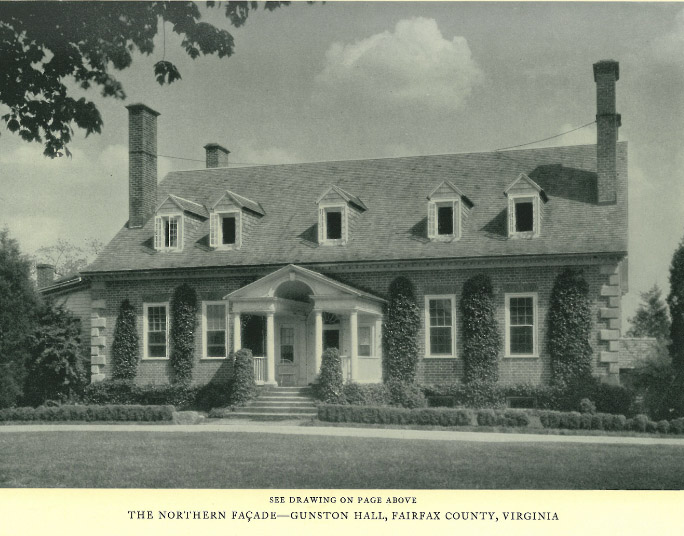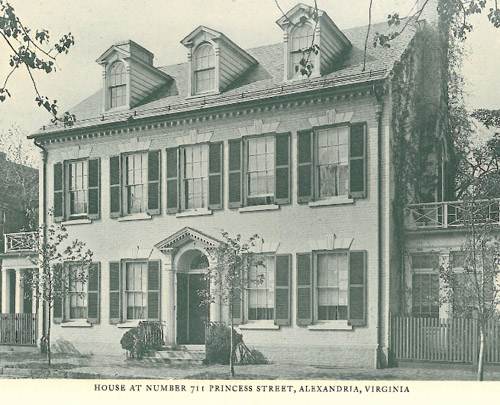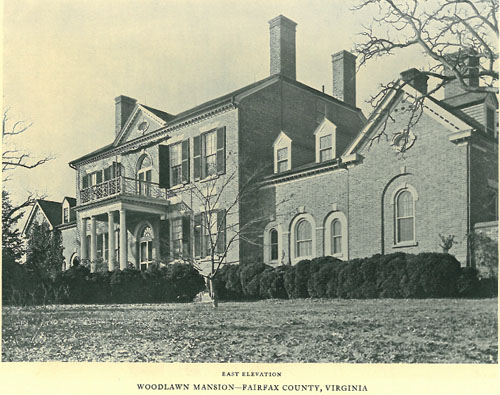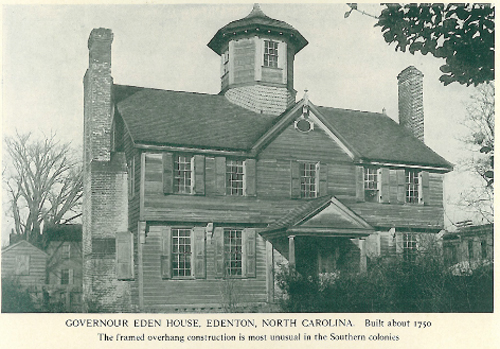Thomas Jefferson called George Mason, the United States Founding Father who built his family’s 18th century estate in Virginia, “the wisest man of his generation.” The Georgian mansion that Mason built near the Potomac River is a fitting legacy, remaining a historic attraction in Mason Neck, Virginia to this day. Gunston Hall has an exterior that’s classically Colonial, while the interior is a mix of rococo, Gothic and chinoiserie styles.
That’s a fairly stark contrast to the rustic, simple lines typically seen in homes of the era and those that the authors of the historic White Pine Monographs preferred to cover. All of the ornate details seen within are b elieved to have been carved by two indentured servants from England, William Buckland and William Bernard Sears, including the woodwork.
While, in the words of the authors, the house “suffered some defacements” after it passed out of the hands of the Mason family, it was restored by a later owner in 1912 and became a museum in 1949 after being willed to the state.
“Of all the seats on the Potomac River, Gunston Hall is the most well studied adaptation of the English Georgian style and presents a splendid picture of a Tidewater Virginia house. Although only a story and a half high, and simple in design, it was evidently the work of one who knew and valued the virtues of proportion and dignity and delicacy of detail.”




















